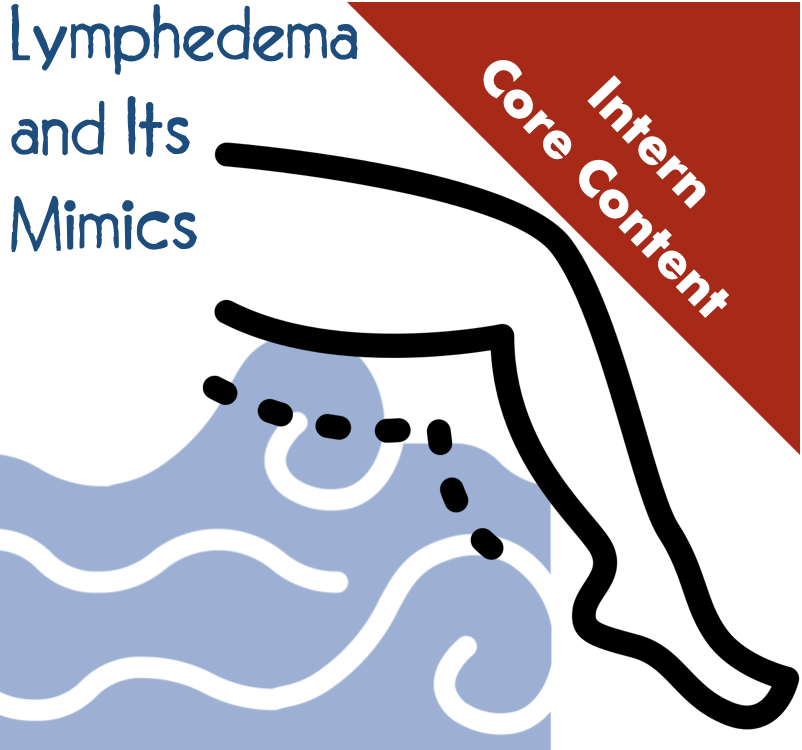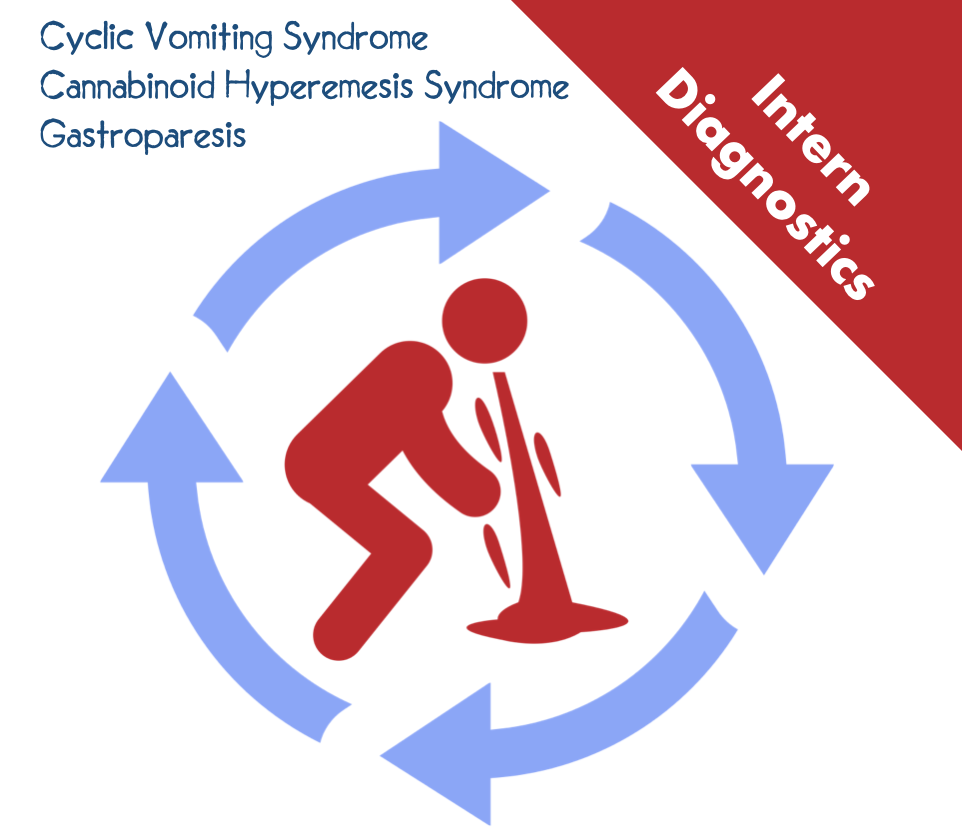Nausea and vomiting accounts for one of the most frequent chief complaints we see in the emergency department. For those presenting with another complaint, N/V is often an associated symptom. Treatment of these symptoms not only improves patient satisfaction, but also decreases associated complications, like dehydration and electrolyte abnormalities.
The etiology behind a patient’s N/V is highly variable, with a broad differential that stretches across all organ systems. Although often an acute presentation, N/V is increasingly being linked to set of chronic disorders, such as gastroparesis (GP), cyclic vomiting syndrome (CVS) and cannabinoid hyperemesis syndrome (CHS). While the work-up and initial evaluation in the ED is similar for all, specifically ruling out potentially life-threatening diagnosis or complications, the clinical presentation and management vary subtly between these syndromes.
Read More


















